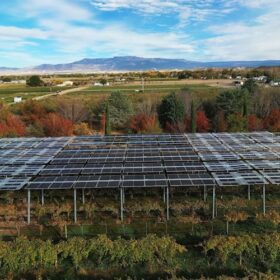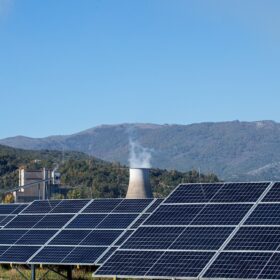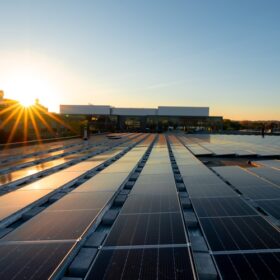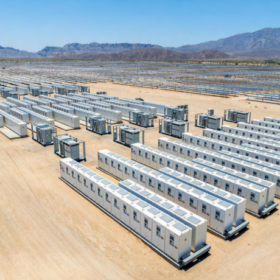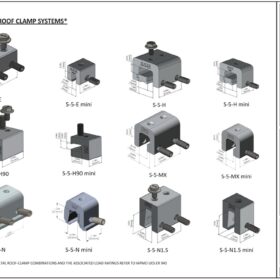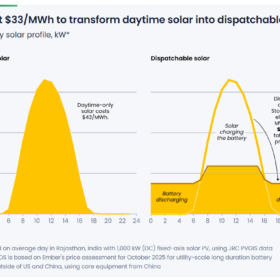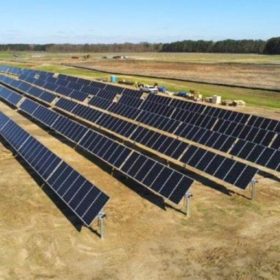U.S. extends solar manufacturing tariff exclusions
The U.S. Trade Representative has extended the exclusion of 178 items from the Section 301 import tariffs that were put in place by the prior administration in 2024. The still standing tariffs include a 50% increase on solar cells
Crop prioritization, agrivoltaics, AI vs the data deluge, and an evolving tracker from Solargik
The racking manufacturer Solargik is learning how to maximize crop growth in Colorado, is integrating LLM tools to help users look deeper into data, and staying conscious of the interplay between energy prices, hardware costs, and interconnection.
Off-grid dual-axis solar tracker charges workplace EVs for under $0.10 per kWh
The Apollo system from Solaflect Energy uses a suspension-bridge-style racking design to cut weight while maximizing strength. With California’s high electricity prices and solar-friendly climate, the company sees the state’s commercial market as the ideal launchpad for its offgrid, dual-axis EV-charging tracker.
Illinois responds to OBBBA with 873 MW of solar, 3 GW of energy storage, VPPs, & more
The state is moving an energy bill through the legislature, that would – among other things – institute a 3 GW energy storage goal, create virtual power plant (VPP) and time of use plans, enact permitting reform, and more while concurrently reopening the solar program allowing it to more than double the year’s capacity goals.
Solar tariffs kill Americans
Researchers show how solar panel imports saved nearly 600 American lives over a decade, while industry data indicates that the Suniva solar tariff may have caused more than one hundred preventable deaths.
Why rooftop solar’s emissions math is changing
As clean energy grows, so do the limits of how it’s measured. A new Nature Climate Change study warns that rooftop solar’s emissions impact is shrinking as the grid cleans itself.
Tesla Energy up 84%, 43.5 GWh deployed last 12 months, breakout Q4 quarter coming
Tesla’s energy division continued its growth trajectory, marking its largest quarter yet as it deployed 12.5 GWh of energy storage while outlining plans for new factories and product lines.
Software-defined power: FlexGen’s HybridOS turns batteries (and now solar) into grid thinkers
FlexGen says the future of energy storage isn’t necessarily in bigger batteries but in smarter ones, and has now brought solar power into its software. Its Linux-based HybridOS platform coordinates batteries, inverters, and solar systems to think and act like living parts of the grid.
Solar metal roof mount approved for Florida hurricane zones
S-5! has received Florida Building Code approval for its PVKIT system to be used in high-velocity hurricane wind regions.
Generac solar microinverter fills out ‘unlimited backup’ package
The generator company has released its PWRmicro microinverter, which integrates with the company’s energy storage, generator, and energy management system to offer a ‘parallel backup’ solution.

